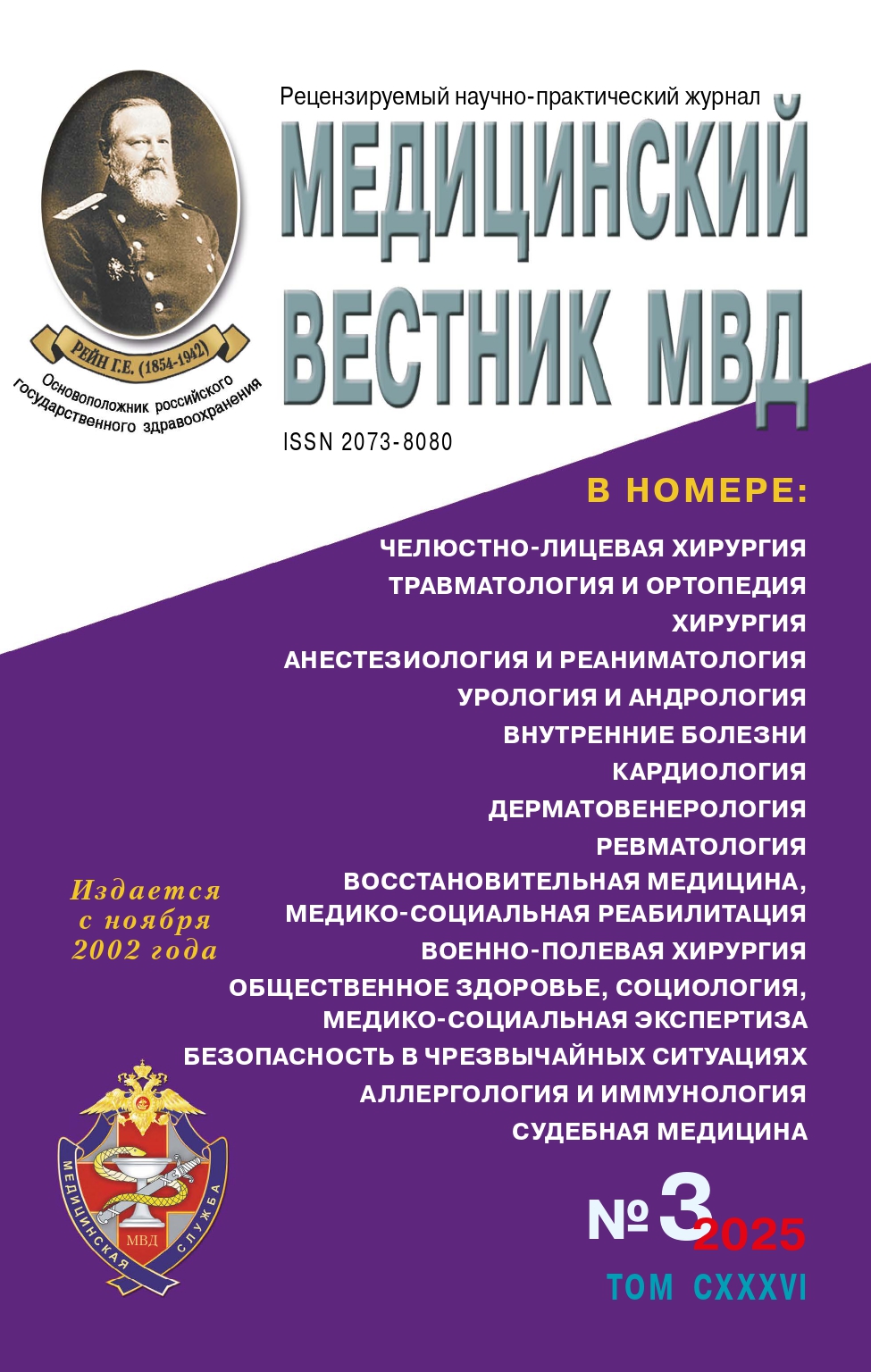Russian Federation
Moscow State Univercity of Food Production (Dermatovenerology Dept, Medical Instiute of Continuous Education, Professor of the Dept)
Moscow, Russian Federation
1200 patients with rosacea, including 525 (43.8%) – with erythematous-telangiectatic subtype were observed during 6 years. An innovative pathogenetic method of treatment of this subtype of rosacea which includes administration of 1% hyaluronic acid in particularly active areas and use of 15% azelic acid in the form of peeling is recognized efficient.
erythematous-telangiectatic subtype of rosacea, hyaluronic acid, azelaic acid, pathogenetic method of treatment
1. Masyukova S.A., Glad'ko V.V., Il'ina I.V., Urakova D.S., Sanakoeva E.G., Gorbakova E.V., Lamotkin I.A., Tlostanova D.Z. Rozacea: patogenez, klinika, diagnostika, lechenie i profilaktika: uchebnoe posobie // M. – ROSBIOTEH. – 2023. – 56 s.
2. Perevalova E.G., Lamotkin I.A. Osobennosti epidemiologii, sistematizacii i kliniki rozacea // Medicinskiy vestnik MVD. – 2023. – 122(1): 43–47. Doi:https://doi.org/10.52341/20738080_2023_122_1_43
3. Geng R.S.Q., Bourkas A.N., Mufti A., Sibbald R.G. Rosacea: Pathogenesis and Therapeutic Correlates // J Cutan Med Surg. – 2024 – 28(2): 178–189. Doi:https://doi.org/10.1177/12034754241229365
4. Nestle F.O., Di Meglio P., Qin J.Z., Nickoloff B.J. Skin immune sentinels in health and disease // Nat. Rev. Immunol. – 2009; 9(10):679–91. Doi:https://doi.org/10.1038/nri2622
5. Kubanova A.A., Mahakova Yu.B. Rozacea: diagnostika i lechenie // Vestnik dermatologii i venerologii. – 2015. – № 4. – S. 27–35.
6. Samcov A.V. Akne i akneformnye dermatozy. Monografiya // M.: OOO «YuTKOM». – 2009. – 208 s.: il.
7. Schaller M., Almeida L.M.C., Bewley A., Cribier B., Del Rosso J., Dlova N.C. et al. Recommendations for rosacea diagnosis, classification and management: update from the global ROSacea COnsensus 2019 panel // Br. J. Dermatol. – 2020; 182 (5): 1269–76. Doi: 10.1111/ bjd.18420





